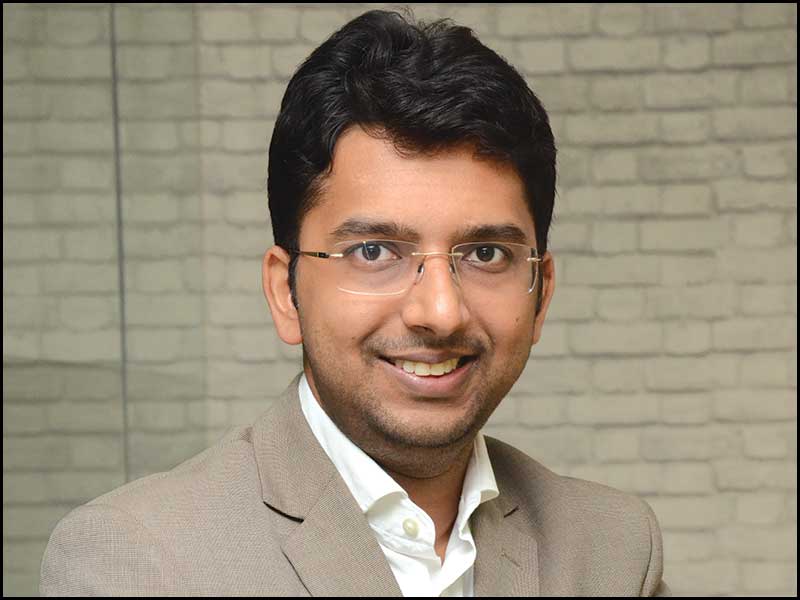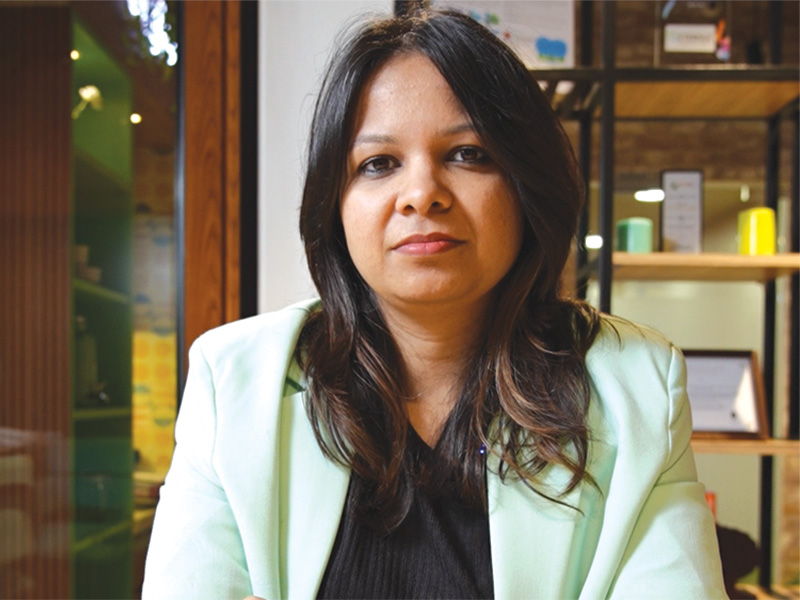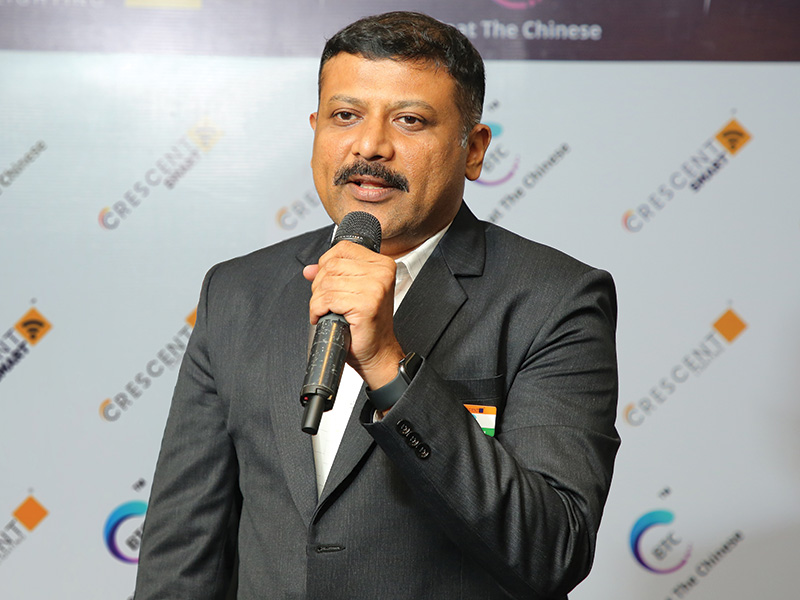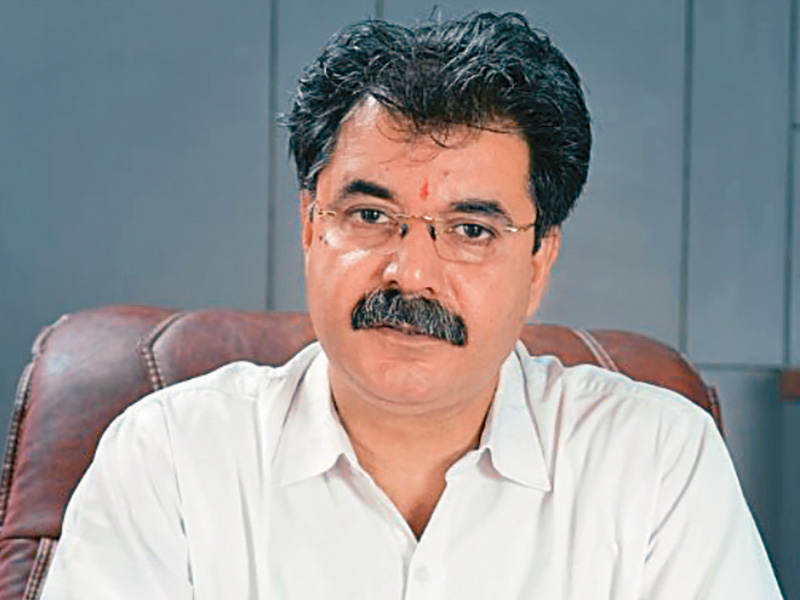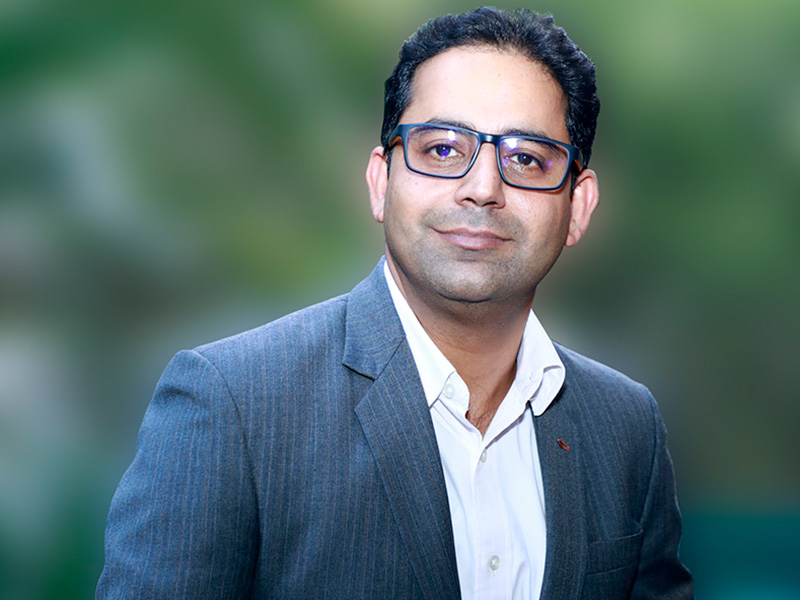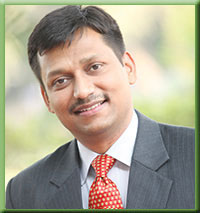
The first brand from UTC umbrella entered India for the first time in 1892, when Otis elevator was installed in Raj Bhavan, Kolkata. Over the years, UTC diversified in quite a few areas, and now it is one of the leading building solution providers in the country. While delving deep into the company's building solutions segment, Syed E. Hasan caught up with Mr. Amit Maheshwari, Director - Marketing, UTC Building & Industrial Systems to know about the smart building technologies, the company's offering in the segment, related concerns and compatibility issues. Excerpts:
What all constitute smart building technologies? What does UTC have in its kitty under smart building technologies category?
Smart building technologies are those technologies that are developed to address a range of issues, including energy management, water management, urban mobility, public safety etc.
UTC is a world leader in providing smart technologies for building & industrial systems. We are a leader in high technology heating, air-conditioning & refrigeration solutions and have brands like Carrier, Toshiba etc. to cater to our customers.
We design, manufacture & deliver innovative automotive solutions for HVAC, security, safety & energy management of buildings. Lenel, Edwards, Automated Logic are some of our well-known brands in this space.
UTC is also a world leader in providing solutions for fire detection & suppression, intrusion detection, access control, video surveillance & communication infrastructure for security. Interlogix, Kidde, GST are some of our world renowned brands.
Is the installation of smart building technologies only adding efficiency to a building or does it also pay back over the years to the building owner?
There are a number of benefits reported by those engaging in smart building, supporting the financial motives for building smart. It not only increases the energy efficiency of the building but also reduces the operational & maintenance costs.
The operating costs of building decrease about 8% annually which goes up to 15% over five years as compared to conventional structures. There is an increase in asset value of about 5% and payback time for smart technology & green investments is eight years in which all investment costs are recovered. (Source: McGraw-Hill Construction Smart Market Research Study).
In corporate finance terms, investing in a 30% improvement in building energy efficiency would have an internal rate of return (IRR) of 28.6% over a 10 year period. An IRR of 28.6% is four times better than average corporate bond yields or average equity performance and more than double the returns even high-performing venture capital firms enjoy. That's because the most attractive efficiency technology and design options cost the same or only slightly more than conventional alternatives, but deliver significant energy cost saving (Source: Unlocking American Efficiency 2013 report by UTC & RHG Group).
Are these smart building technologies meant only for new constructions or are they equally compatible, and applicable to the existing building as well?
The smart buildings technologies of UTC are compatible with existing buildings. Besides high energy efficient products, we have a team of subject matter experts – Carrier AdvanTE3C, who support our customers around the world in developing strategic and energy-efficient solutions. They study & analyse the technology requirements of the buildings and help to execute the project to the desired efficiency requirements.
In India there is a team of 11 experts – BEE Certified Auditors and Energy Managers. These experts leverage the comprehensive suite of UTC Building & Industrial Systems technologies, including elevator, escalator, heating, ventilating and air conditioning (HVAC), building automation and control, access control, video surveillance, energy analysis, and fire detection, alarm and suppression to unlock energy and operational efficiencies for customers.
What is the role of specifiers such as architects & developers in promoting this concept?
There are significantly different factors driving different firms to increase their involvement in smart & green buildings. Architects are some of the earliest adopters of smart buildings.
However, when it comes to engineers, clients and the market are the factors they see as the most influential, reported by 47% of engineers, significantly higher than any other factor.
At the same time, 57% of contractors are most influenced by their clients. The growth of integrated design may help contractors to have more control over smart building acceleration in the future.
Owners focus on business factors when deciding to invest in smart & green buildings, most highly citing lower operating cost benefits as a trigger. Significantly more owners cite additional business factors as important compared to other firm types: higher building values from smart & green (27%), higher ROI (12%), higher occupancy (11%) and higher rents (9%). (Source: World Green Building Trends Report 2013)
We, at UTC, usually keep taking feedback from the market and influencers. We also work closely with our customers and channel partners and keep taking their suggestions continuously. One of our core values is the operating system called ACE (achieving competitive excellence), which revolves around the customers, and has their opinion as one of the most critical tools. This is just to make sure that we serve our customers better and faster.






